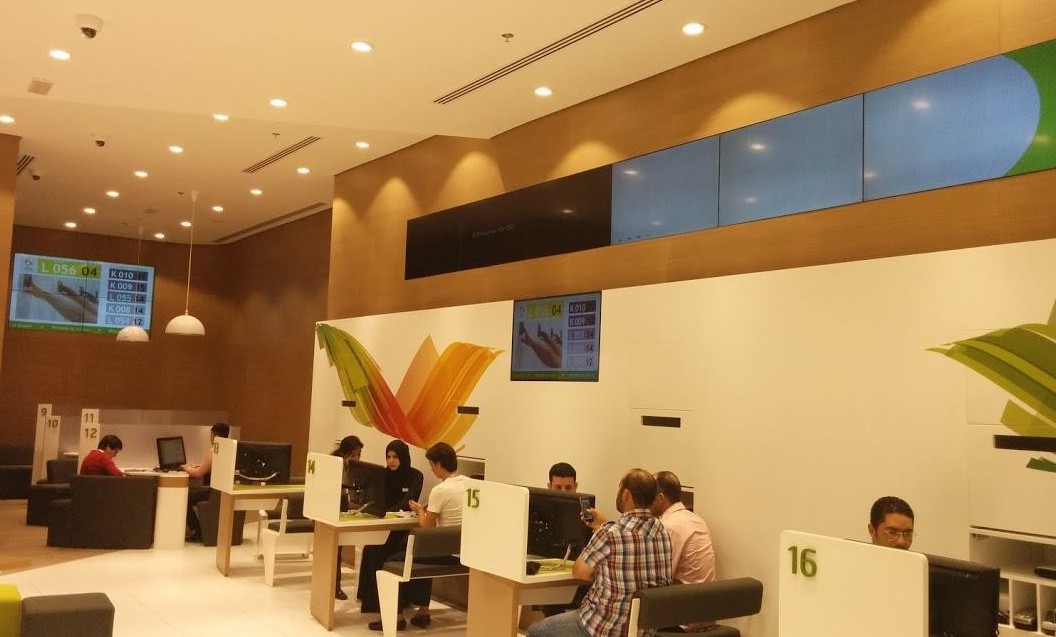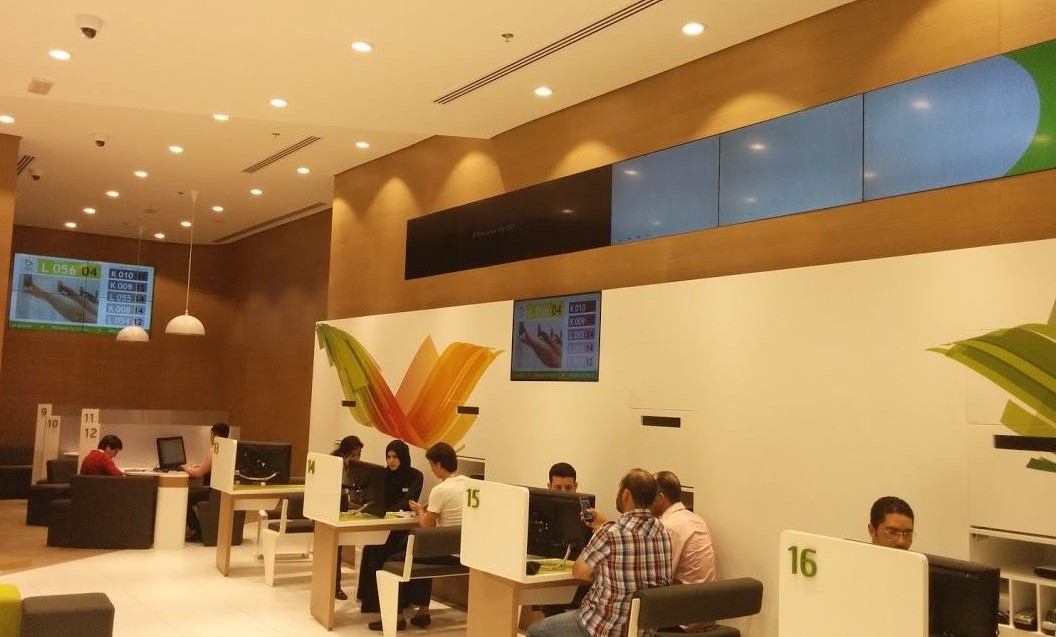
Everything Has Changed. Nothing Has Changed.
March 7, 2016 by guest author, Pat Hellberg

GUEST POST: Pat Hellberg, The Preset Group
iTunes debuted. Arnold Schwarzenegger was elected Governor of California. Limp Bizkit and Clay Aiken were popular music acts. And we launched a digital signage network. The year was 2003.
Since then, in regards to digital signage, everything has changed. And nothing has changed.

Pat Hellberg
Thirteen years ago, I managed Nike’s film & video department. I led an extremely talented staff that produced dozens of wonderful marketing videos promoting Nike footwear, apparel and athletes.
There is no better subject matter than sports & fitness. And we capitalized on that.
We knew how to create award-winning, best-in-the-business content.
What we didn’t know was how to get that content in front of Nike’s consumers.
We explored the possibility of creating an in-store digital network. Quick to offer assistance was a flock of enthusiastic hardware and software vendors who, for the most part, over promised and under delivered.
We investigated the then-current methods of digital distribution. One of the leading options: the 56K modem. To say that we were pioneers was an understatement.
The key to an effective digital signage network back in those days was the same as it is today: play the right content to the right audience in the right place at the right time.
How difficult could that be?
We soon found out.
If there was a mistake to be made, we made it. We botched darn near everything. Ineffective playlists. Content length that didn’t jive with dwell time. Hard-to-read graphics. Audio-dependent videos. Screens going down. Screens mounted in the wrong merchandised location. Screens in the back room and never mounted at all.
If our digital signage struggles were summed up on a t-shirt, we would have put “There’s no substitute for experience” on the front and “If screwing up leads to learning, we’re learning a lot” on the back.
It was painfully obvious that we had no idea of what we were getting into until we were up to our neck in it.
And surveying today’s digital signage landscape, some of today’s end users are facing the same struggles.
Go to most any mall and you’ll probably see displays mounted in odd places, talking-head content played back with no audio or screens divided into so many segments they look like checkerboards. Black screens. Bad playback. The list goes on.
Everything has changed.
And nothing has changed.
The delivery mechanisms have improved dramatically. Today’s software can simplify scheduling, facilitate interactivity, integrate data, incorporate visual effects as well as execute the core task of sending and playing content where and when it’s supposed to go. Then there’s the hardware … the smart screens with crazy-thin bezels, mirror displays, bendable/flexible OLED matrixes … all connected to micro PC’s that cost less than the price of a good steak dinner.
There’s no denying that the tools have come a long way.
But regardless of how good the tools are, we still have to know how to use them.
In digital signage, that means you still need a plan and a purpose for your network. You still need relevant content. You still need to regularly update your programming strategy. You still need to find the right locations for your displays. You still need to either train your employees or partner with a reliable vendor. And you still need to stay on top of every aspect of the program every day.
It’s a lesson we learned way back in 2003 and it still applies today: as long as the screens are on, a real human being has to be paying attention.
Even with the stunning advances in hardware and software during the past decade-plus, success isn’t automatic and the network operator shouldn’t take anything for granted.
It was true when we started years ago. It remains true today. When it comes to using digital technology to communicate to targeted audiences, you have to be on your game.
So in the world of digital signage, everything has changed.
And nothing has changed.



Leave a comment